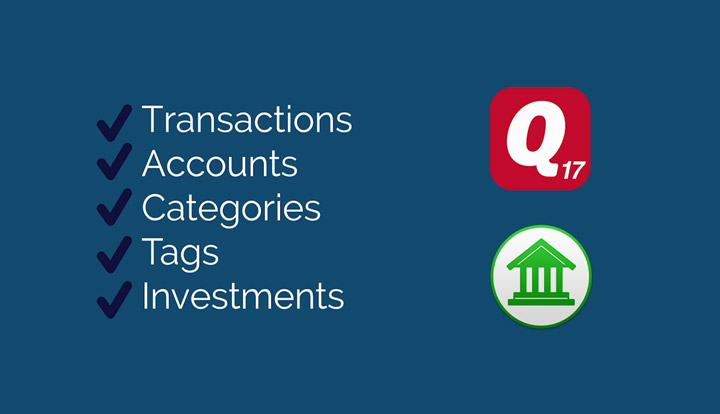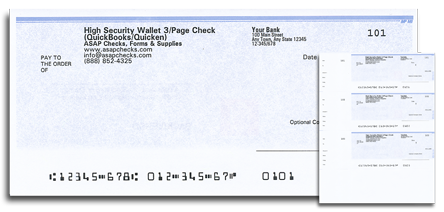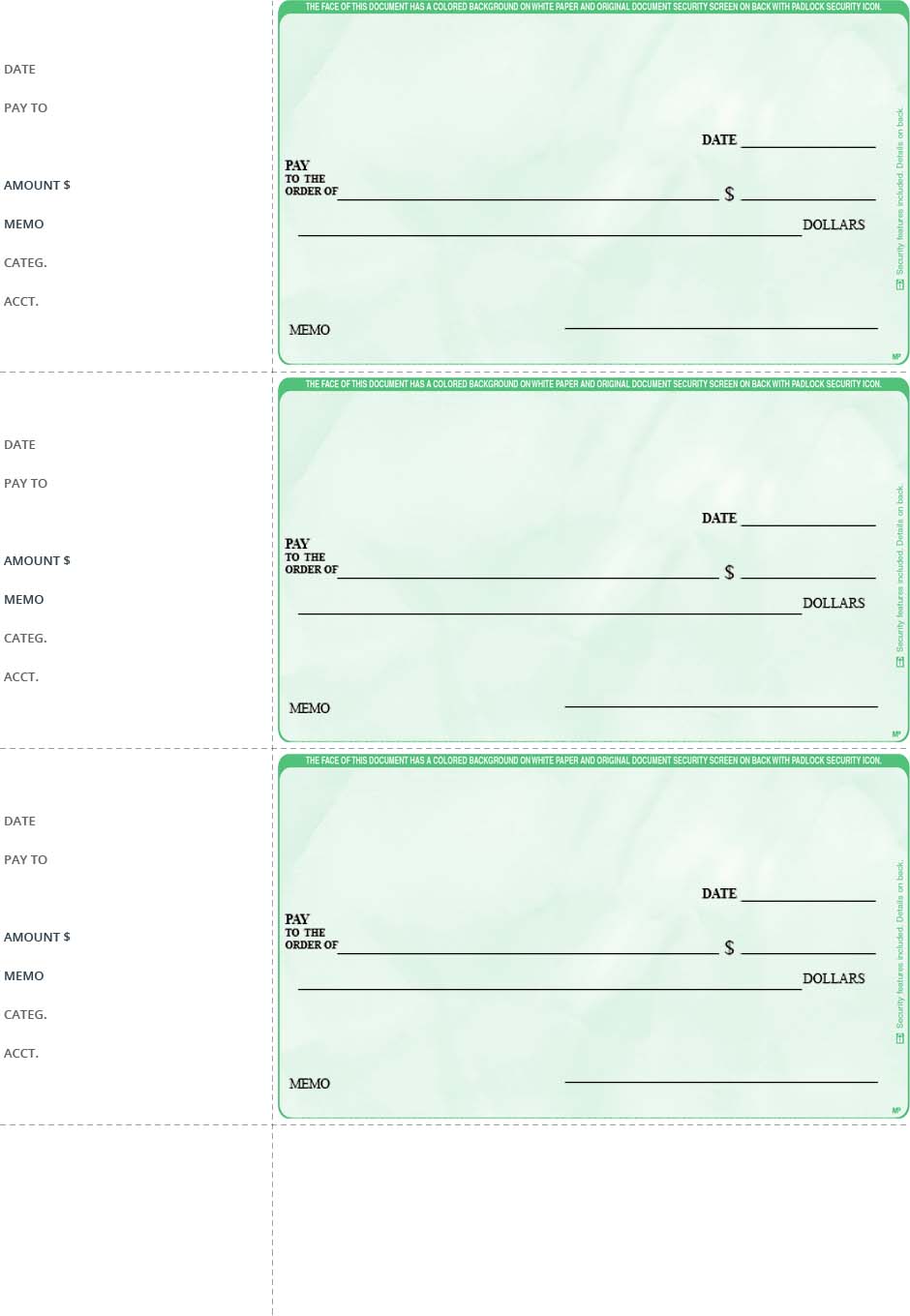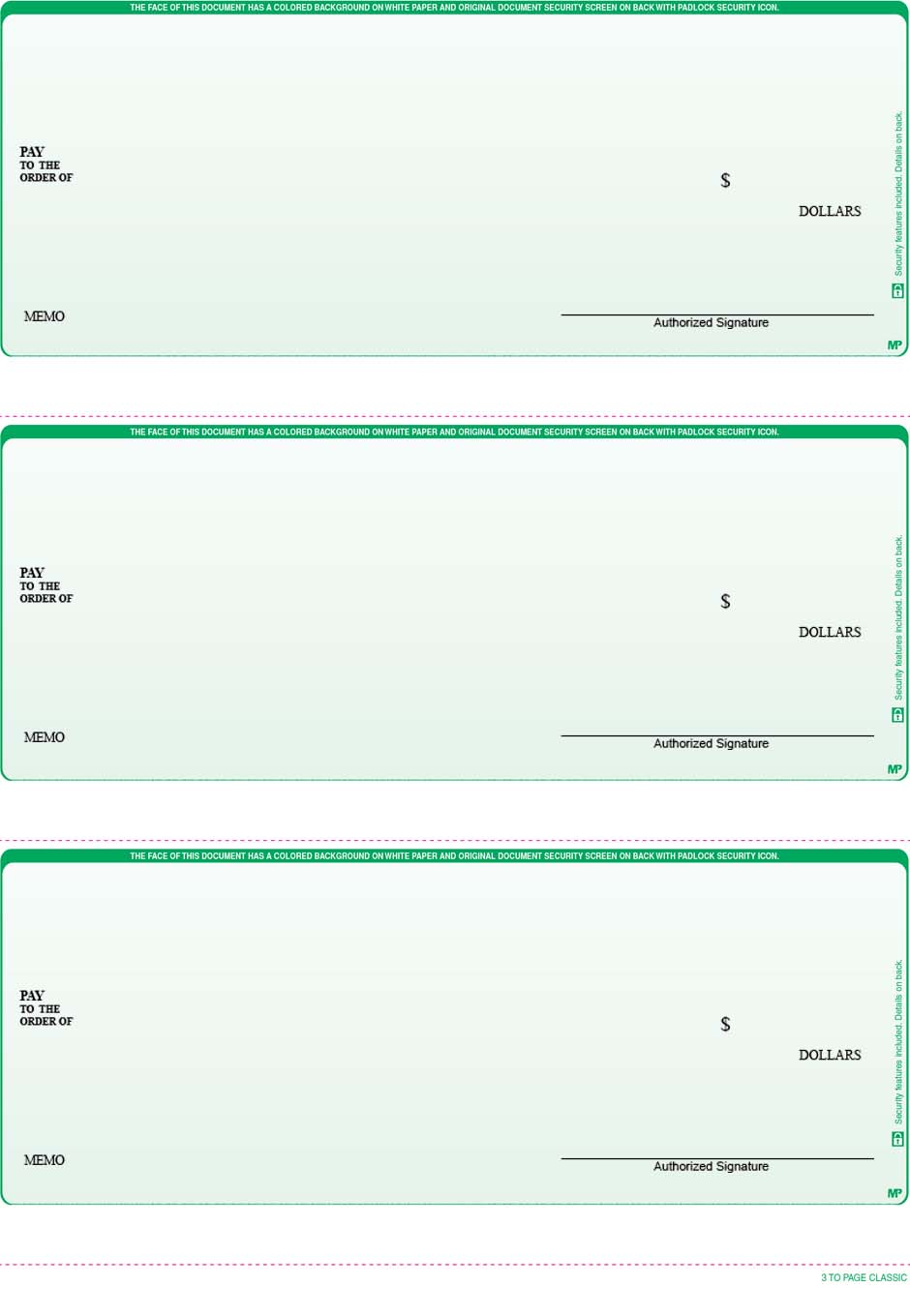

REORDER CHECKS FOR QUICKEN OR BANKTIVITY DOWNLOAD
Next - or if you’re just starting out - download current transactions from your accounts online, at no cost, via direct connection to your bank or by using Banktivity’s built-in browser to view your accounts and download your data for free.īanktivity’s optional * service makes this even easier by connecting to over 10,000 banks worldwide, automatically delivering the latest transaction data to your Mac.
REORDER CHECKS FOR QUICKEN OR BANKTIVITY SOFTWARE
If you’ve used software like Quicken (for Mac or PC), Banktivity’s set-up assistant will import your old data.

The first step in money management is to get all your finances in one place. World-class technical support via live chat and email with US-based representatives. Whether you’re taking your first steps in getting your financial house in order, or you’re a seasoned veteran of financial software, Banktivity 6 helps you take complete control of your money. Once you understand how much you spend in each category, you can choose a budgeting style (of which there are many) that works for you.Banktivity 7 ushers in a new level personal finance management software for macOS. This also includes money you set aside in other savings vehicles, such as a 401(k) or a 529 plan. And while they may never happen, it’s still smart to plan for them (such as in the case of home repairs or emergency medical expenses). They may happen only once or twice in your lifetime (such as getting married, going to college, or buying a house). Savings expenses may happen occasionally throughout the year, but not regularly (gifts or vacations, for example). Variable expenses are things you have more control over, such as groceries, travel, dining out, shopping, and charitable donations. In general, your budget should be divided into three categories of expenses: fixed, discretionary, and savings.įixed expenses are things you can’t avoid paying, such as rent or a mortgage, utilities, and loans. You can make a budget for a specific time frame (monthly or annual are the most common). Take how much you expect to earn next month and use the expenditure percentages from step three to estimate what you can spend.

Fixed costs (such as housing payments, utility bills, charitable contributions, insurance premiums, and loan payments).Separate your spending categories into main buckets.(This is an especially useful exercise if you have uneven income.) For instance, let’s say you spent $500 in January on groceries, which was 12% of your household earnings. Note how much you spent in each category every month, as well as what percentage of your monthly income that spending represented. Categorize all of your expenses over the past year.Add up your take-home pay over the past year.Most institutions let you export your transactions as a CSV file that you can open in Google Sheets, Excel, or Numbers. A year’s worth can give you a good sense of how much you tend to spend over a given period of time. Collect all of your bank and credit card statements over the past year.(Ever get hit with a large bill, such as for an auto repair or emergency dental treatment? Those kinds of things can throw your budget off track.) Spreadsheet-based budgets (and some other budgeting tools) prompt you to create a myriad of categories and assign a dollar amount to each one, which is not only overwhelming but also likely to fail. It tracks your spending, revolving bills, savings goals, and earnings history to estimate how much you have left to spend in a given month in any category you want. We recommend Simplifi for most people because it’s a happy medium between the two. Conversely, zero-balance apps encourage a more hands-on approach, forcing you to account for every dollar you bring in (X amount for savings, Y amount for rent, and so on), but they tend to be idiosyncratic and costly.

Tracking apps offer a 30,000-foot view of your finances, display your transactions in real time, and require very little effort to set up. There are two basic types of budget apps: trackers ( à la Mint) and zero-balancers.


 0 kommentar(er)
0 kommentar(er)
